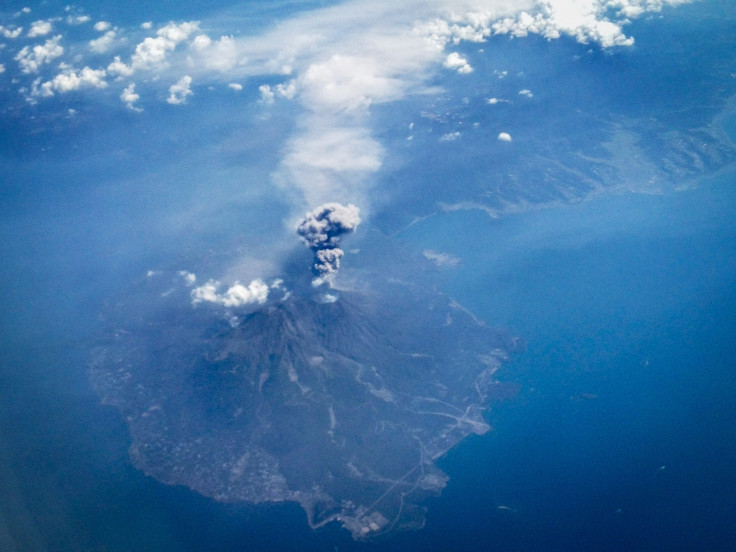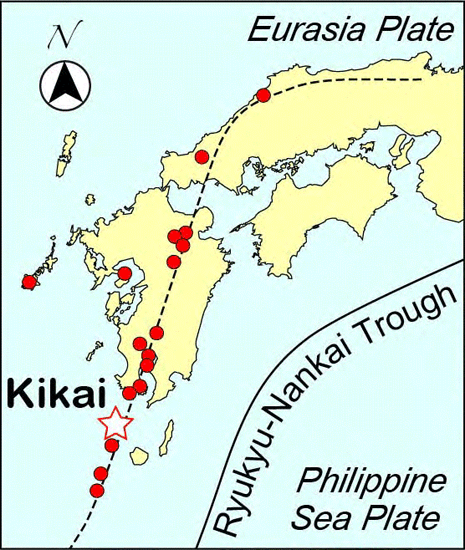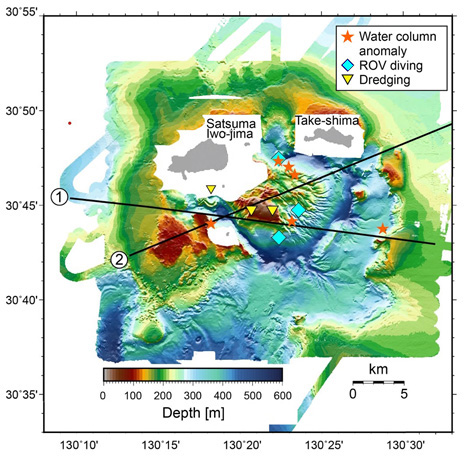Will this ancient Japanese undersea volcano be reborn? Massive lava dome found lurking underneath
The lava dome found underneath the now submerged Kikai Caldera is reportedly made of 8 trillion gallons of magma.

An ancient underwater volcano may likely be getting ready for a fiery rebirth, as scientists discover a massive lava dome lurking underneath it. The volcano was responsible for the Akahoya eruption thousands of years ago, which saw volcanic ash spread across 1,000 Kms.
Around 7,300 years ago, Japan was buried under a sea of lava after the supereruption rocked the area. The event led to the formation of a massive caldera – a land depression – which now lies underwater. It is underneath this caldera, called the Kikai Caldera, that the newly discovered giant lava dome resides.
The lava dome was discovered by researchers at Kobe University who believe that there is a one percent chance of a "catastrophic" eruption occurring in the next 100 years within the Japanese archipelago. The lava dome, which is now rock solid, is 10 km wide and 600 metres tall. LiveScience reported that the dome is made up of 8 trillion gallons of magma.
The scientists conducted three underwater geological surveys of the region using underwater robots, underwater seismographs and analysed samples of rocks and stones. The researchers found that the contents of the lava dome are different from the magma that caused the massive eruption. In other words, although an eruption is likely not imminent, the new evidence of volcanic activity is not an echo of the Akahoya eruption. Instead, something different is brewing beneath Japan.
"The post-caldera activity, at least [at] this caldera, is regarded as the preparation stage to the next super-eruption, not as the calming-down stage from the previous super- eruption," volcanologist Yoshiyuki Tatsumi, lead author of the new study, told LiveScience.
However, researchers are still uncertain as to what this new activity at the Kikai Caldera indicates. The scientists are scheduled to conduct yet another survey in March, using underwater robots to better understand what causes massive caldera eruptions.
The new study has been published in the journal Scientific Reports.










